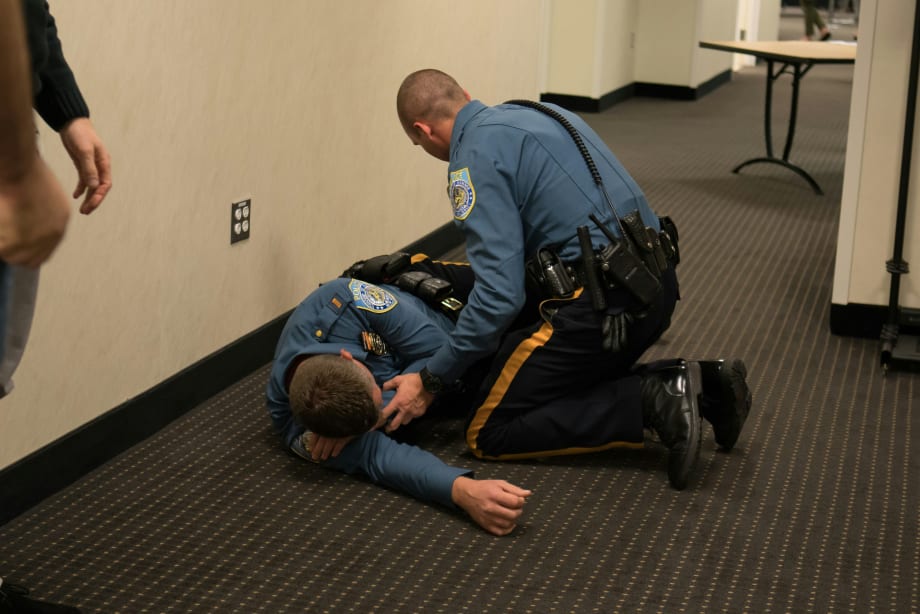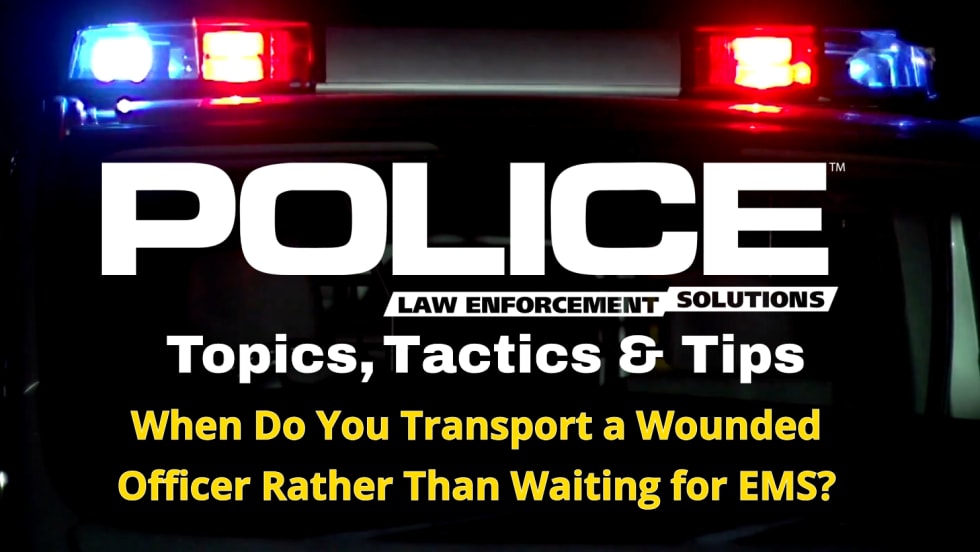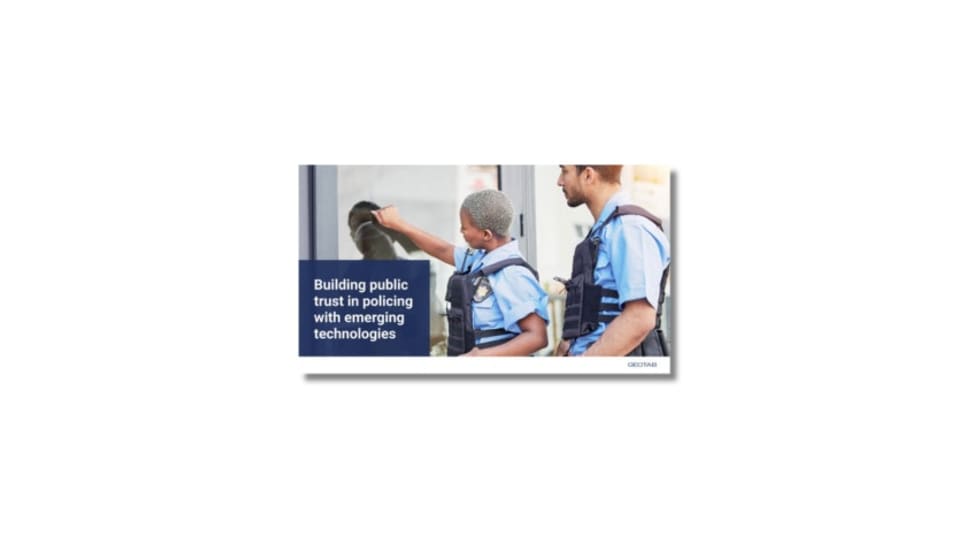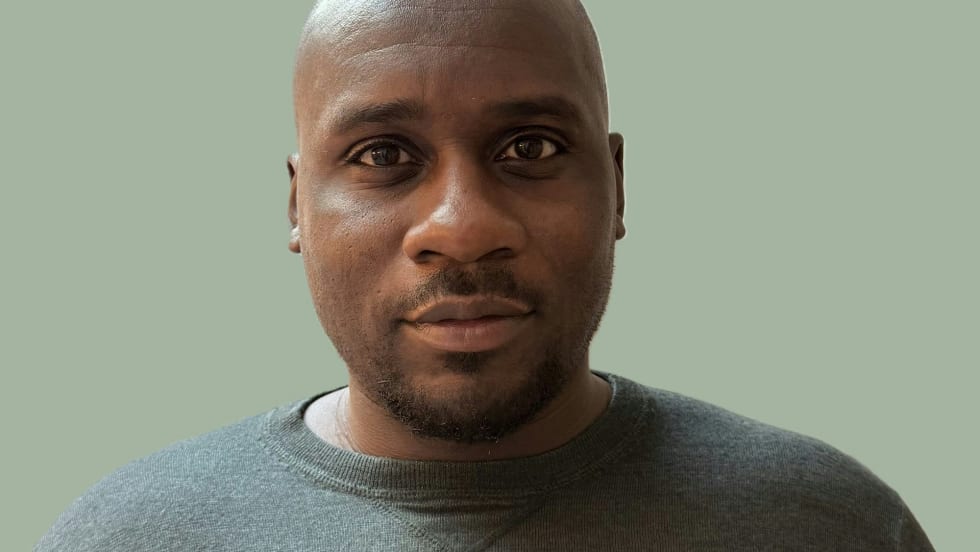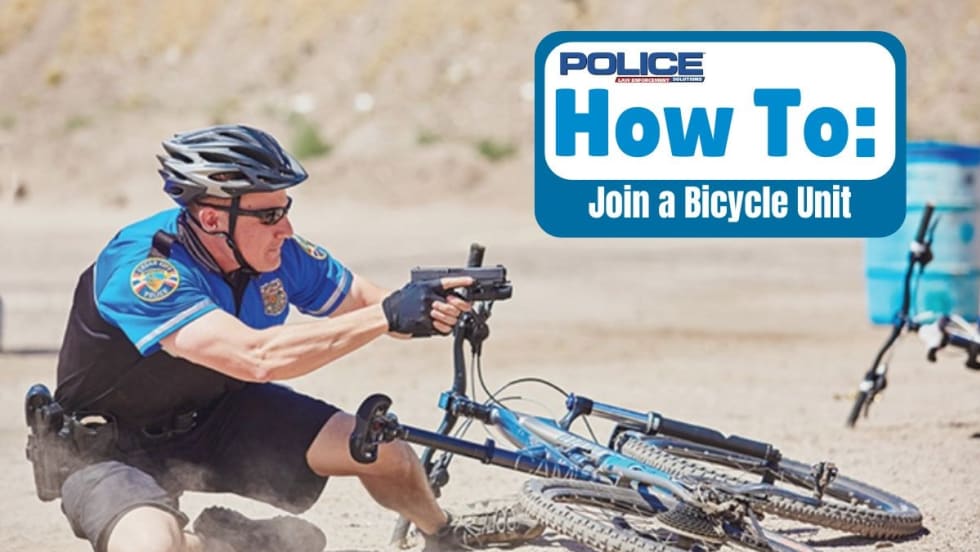Effective active shooter training enables officers to deal with volatile situations they could encounter while wearing heavier gear. This provides two potentially game-changing benefits: It allows law enforcement to practice responding effectively to active shooter scenarios and it lets supervisors and seasoned officers immediately evaluate the reliability of both the training and the equipment.
In training, agencies and leadership understandably emphasize tactical execution—seek out the threat, address the threat, and minimize casualties. But in real-world dynamic, high-risk situations, helping the victims is a critical task. So keep in mind that the situation could demand emergency medical skills.
Injuries occur at much higher rates during active shooter events, and access to immediate medical help from fire/EMS might not be feasible. When an active shooter incident occurs, agencies may request mutual aid from a regional or state hotline system. And there is no way to know which officer will be the first to arrive at the scene, so impromptu emergency medical care and bleeding control could be necessary.
CPR, chest compressions, applying pressure to a wound, and tourniquet use are easy-to-learn emergency medical procedures that officers should know. When training to perform these skills, it’s a good idea to wear the heavier gear and thicker armor that they will wear during a real incident. Heavy gear and armor can restrict movement and flexibility, making the muscle memory actions learned in training much less intuitive.
Maximize the chance while in training to make sure you’re confident that you have sufficient range of motion to perform basic skills, including bleeding control and applying a tourniquet. Otherwise, make the required adjustments. The adjustments could be as simple as knowing which piece of gear to remove to perform specific functions. In more drastic situations, it could be necessary to find other alternatives for gear and armor, including lightweight ballistic alternatives.


